Here you will find images and links to information about the many beautiful landscapes in and around Hartland
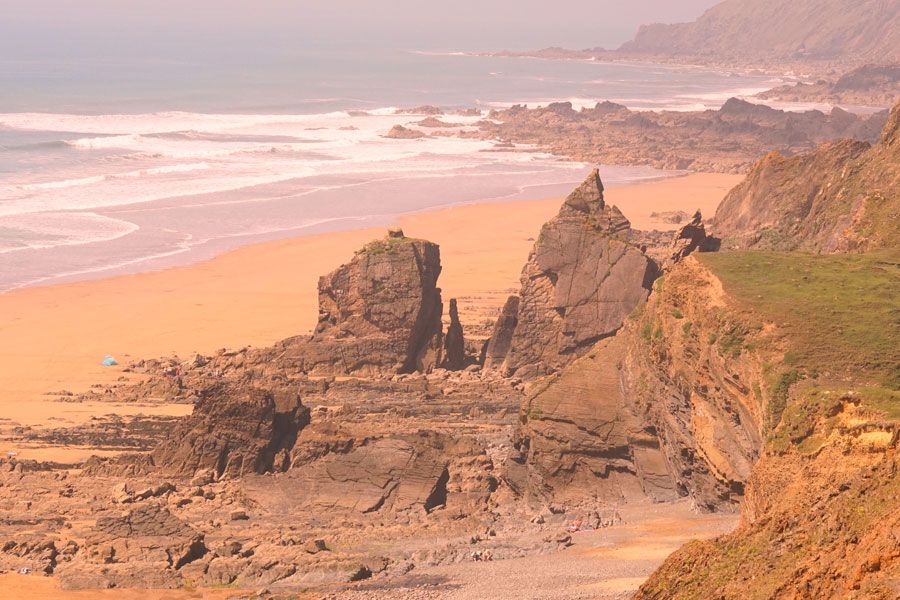
Hartland is a part of the North Devon Area of Outstanding Natural Beauty (AONB), one of just 46 areas in the whole UK whose distinctive character and natural beauty are designated and protected by law and safeguarded for national interest.
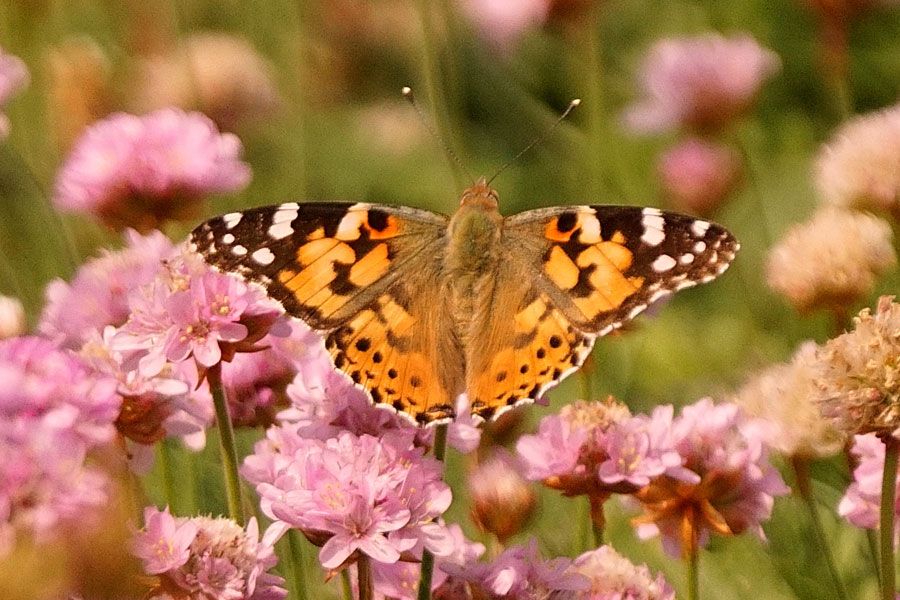
Hartland forms part of the North Devon UNESCO Biosphere. Biosphere Reserves are places with world-class environments designated by the United Nations to promote and demonstrate a balanced relationship between people and nature.
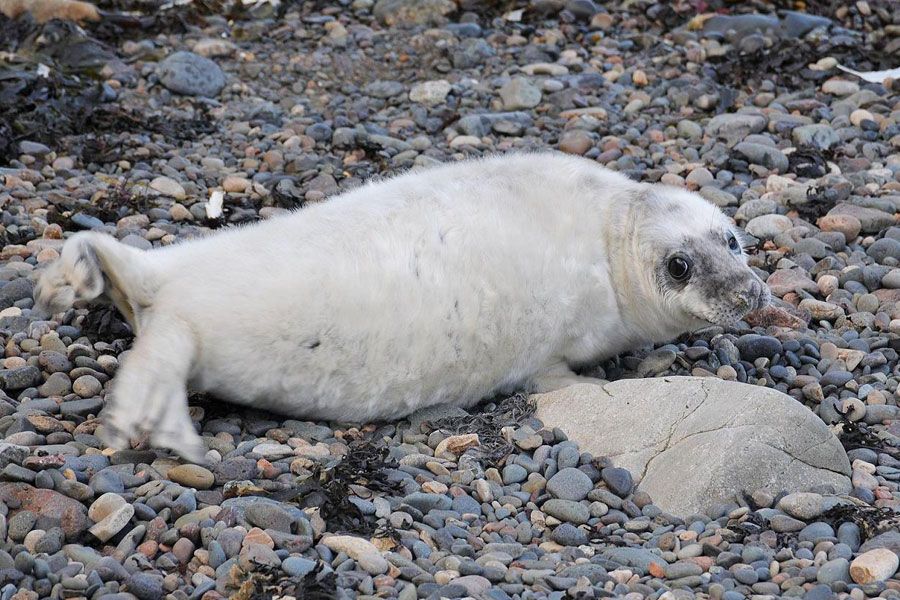
While the island itself is an SSI, the waters around Lundy form England’s only Marine Nature Reserve. They are of special importance because of their marine wildlife. They contain the finest examples of rocky reefs in Britain, with an amazing diversity of sea life including some very rare and fragile species.
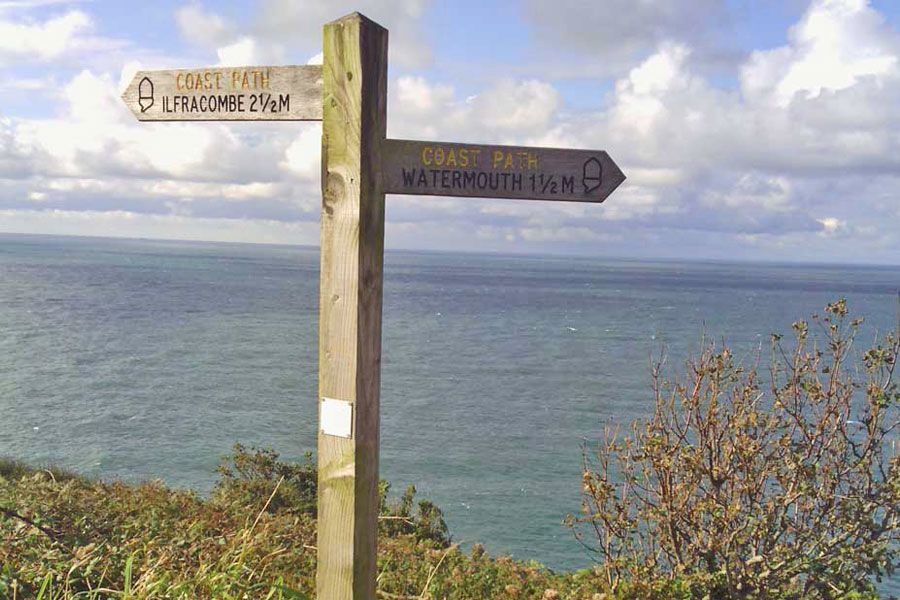
The world renowned 630 mile South West Coast path goes from Minehead to Poole, and although the Hartland Quay to Bude section is generally regarded as the toughest part of the whole walk, it richly rewards those prepared to make the effort with unparalleled scenery.
There are also much gentler, level sections of the path in the area.
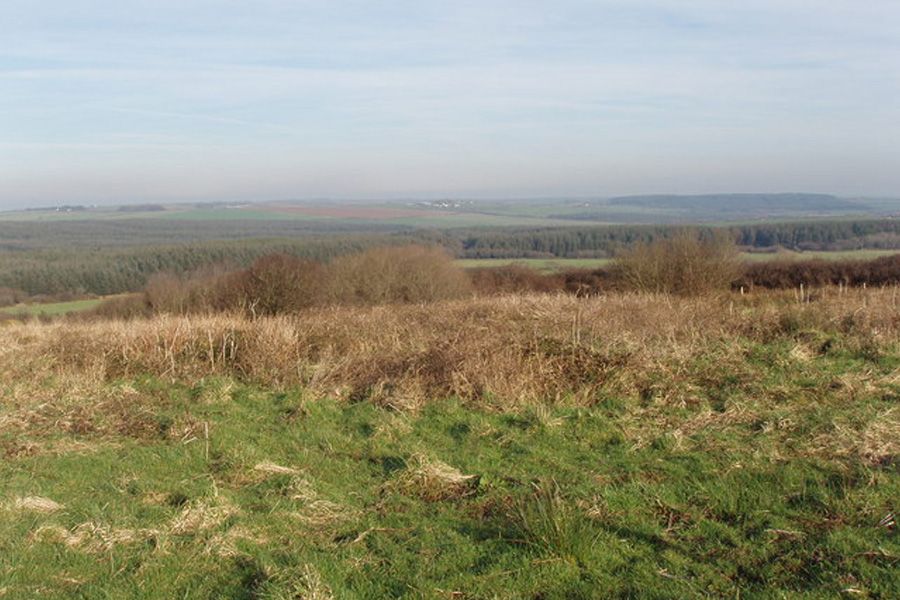
A broodingly beautiful area of low moorland and heathland with rare plants and birds.
The site comprises a large tract of exposed lowland moor grading from dry heath through
wet heath to herb-rich marshy grassland. This composite nature is characteristic of a type of
heathland restricted in Britain to North Devon and Pembrokeshire.
The cliffs, clifftops and valleys carry a wide range of habitats including
extensive areas of ancient woodland and parkland which support nationally
important lichen communities, and a range of species-rich grassland, heath and
scrub communities. In addition, the site supports diverse assemblages of
invertebrates and breeding birds.
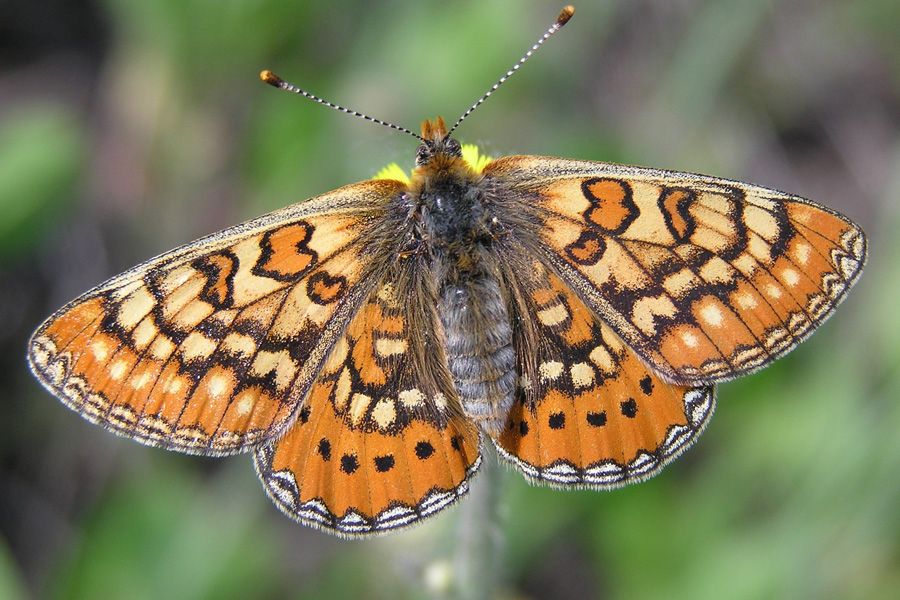
Comprises meadows made up of Culm Grassland, supporting rare wildflowers and butterfly colonies, Deptford Farm Pastures contain representative examples of Culm Grassland. These
are botanically rich and virtually restricted to Devon and Cornwall in England. The site is
of particular importance for its well-developed wet heathland areas.
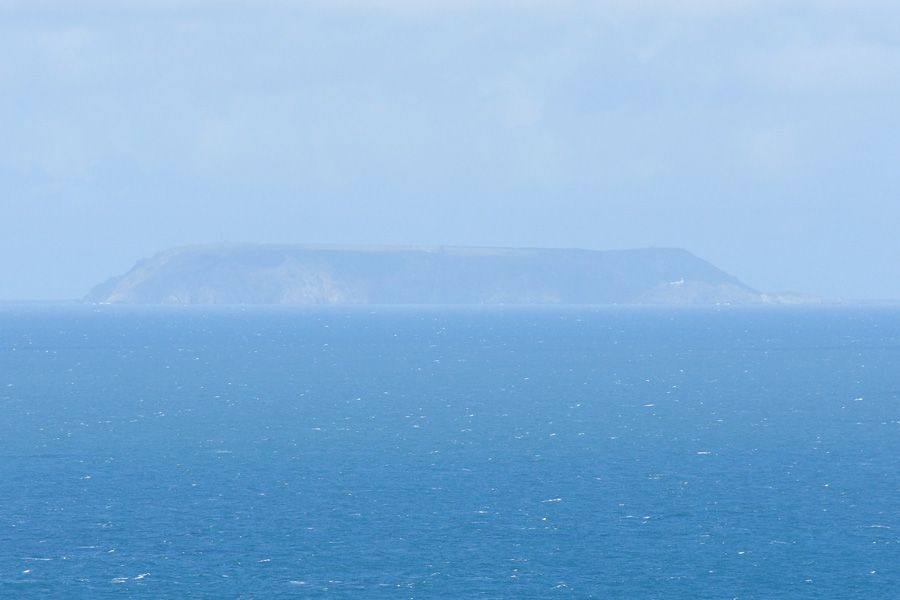
There are important breeding populations of sea and coastal birds,
and the island is a well-known staging post for migrating birds. Seals breed in several sea caves. Some of the heath occurs in a waved form
which only develops in conditions of extreme exposure to wind.
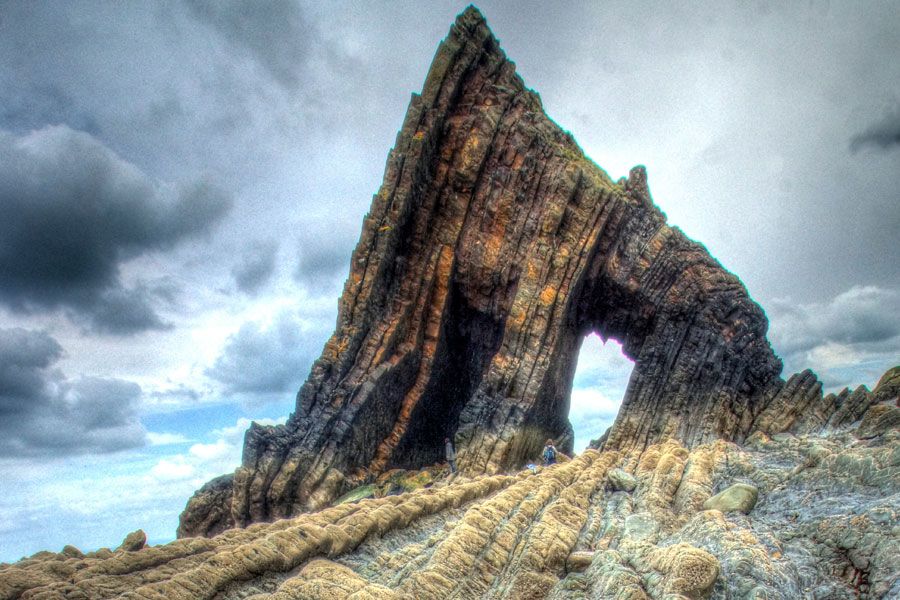
Mouthmill is the closest beach to Yapham, being roughly one and a half miles away. Mouthmill beach is a cobble and boulder beach and features an impressive large arch stack called Blackchurch Rock. What makes a visit even more enjoyable is the walk down to the beach through pretty little Brownsham Wood.
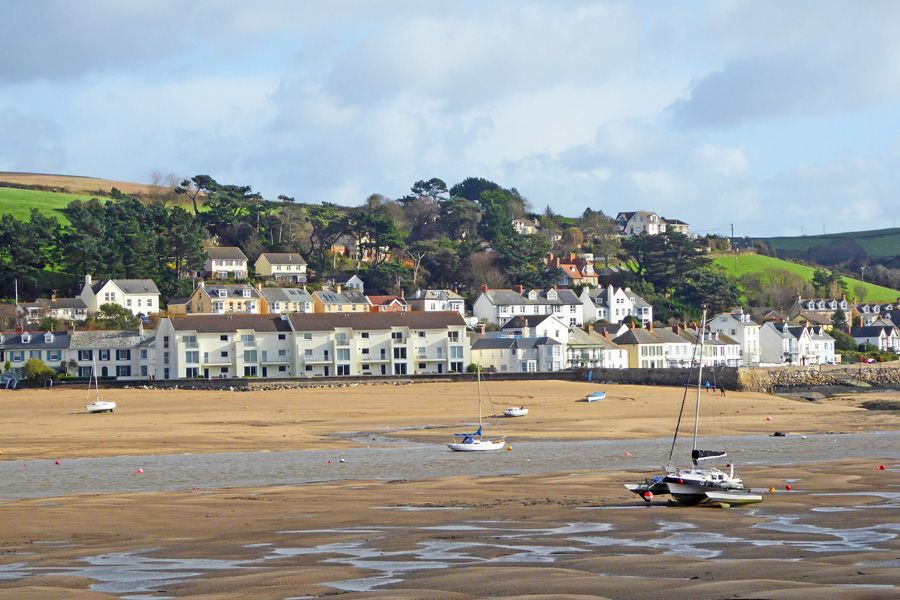
North Devon beaches are some of the largest, unspoilt and memorable in the UK. At any time of the year, the beaches offer long walks on golden sands, surf that beginners and experts can enjoy, and family fun! There are many beaches that are postcard perfect, found in plain view or hidden amongst the dramatic North Devon coastline.
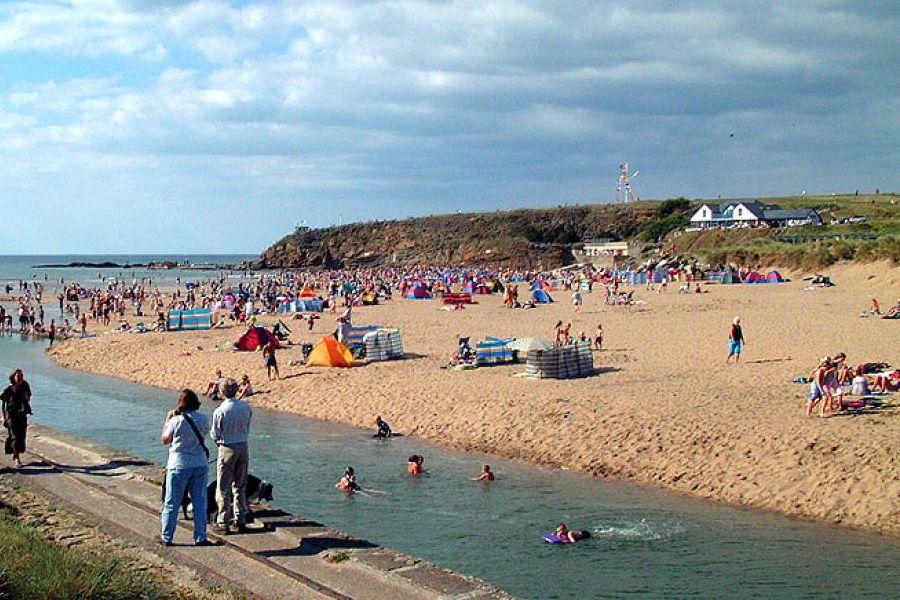
The Atlantic coast of North Cornwall stretches for over forty miles from Bude to Perranporth. A renowned hub for thrill seekers who get active in and out of the water, the mile wide bays are popular with the nation’s surfers and families alike with absolutely stunning natural scenery.
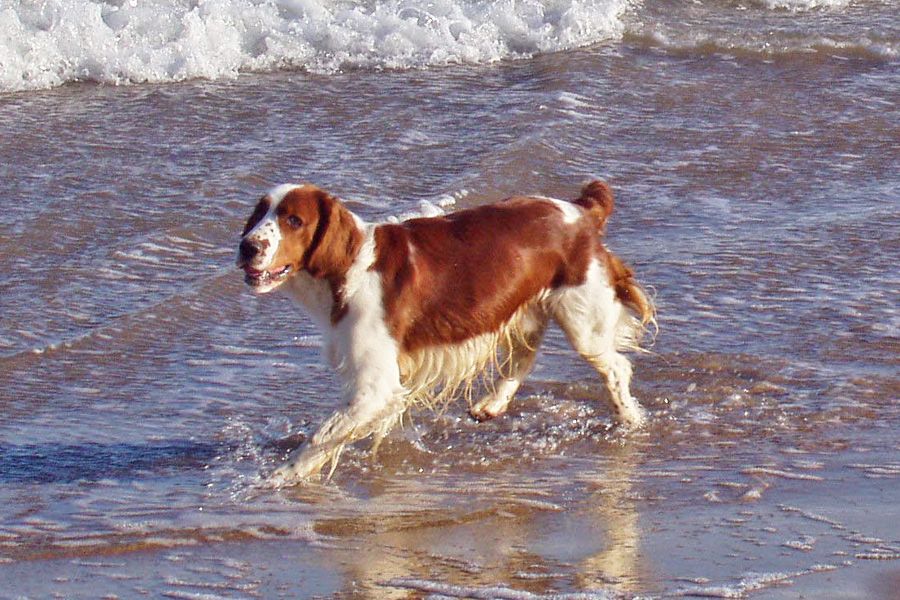
Part of a great dog friendly holiday is being able to enjoy walking on the beach. Some beaches ban dogs during the summer. However, there are many beaches that allow dogs on beaches throughout the year and there are those that provide an area especially for dog walking.
No Code Website Builder